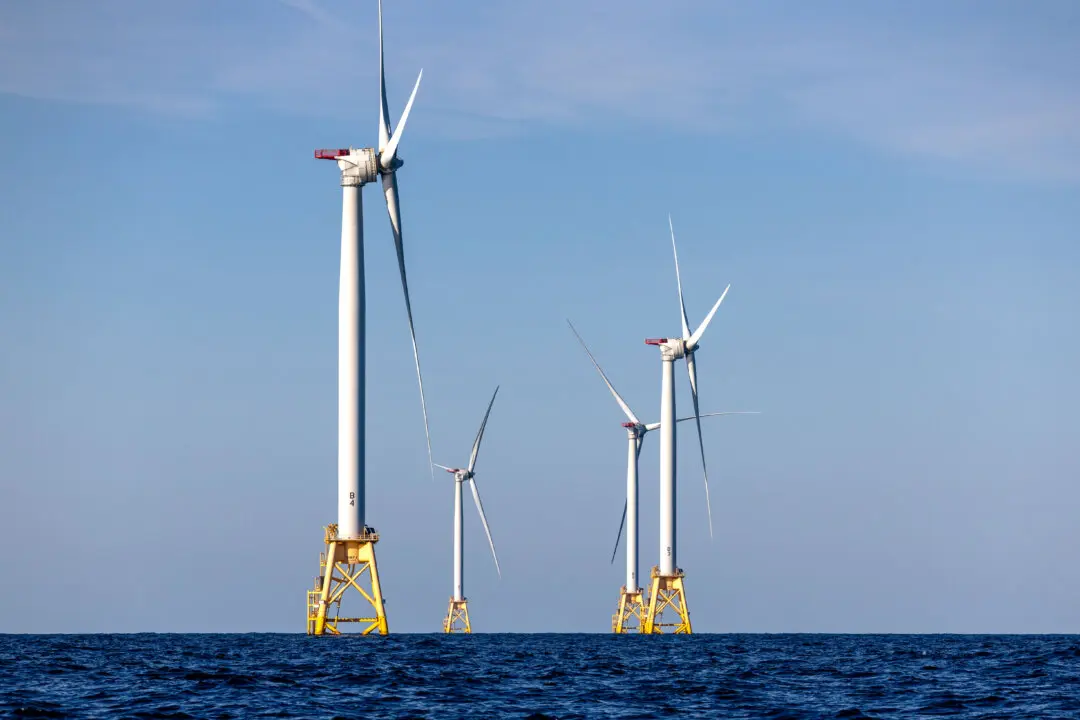The U.S. economy expanded at an annualized pace of 2 percent in the third quarter, a figure that is well below forecasts, driven down by a slowdown in consumer spending and a resurgence in COVID-19 cases that led to renewed restrictions and delays of reopening of businesses.
Data released on Oct. 28 by the Commerce Department show gross domestic product (GDP) rising by 2 percent in the third quarter, after growing 6.7 percent in the second quarter. Economists polled by Dow Jones expected third-quarter GDP to rise by 2.8 percent, with Oct. 28’s print coming as a downside surprise.





